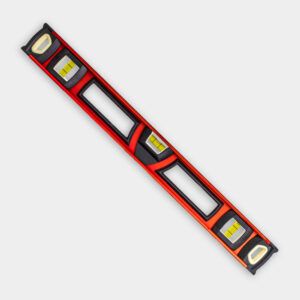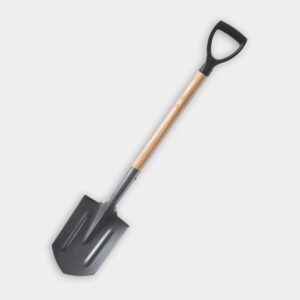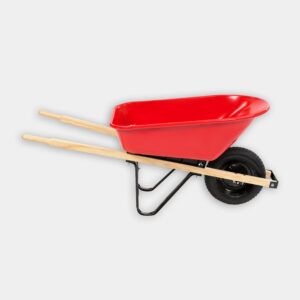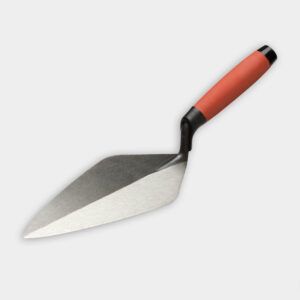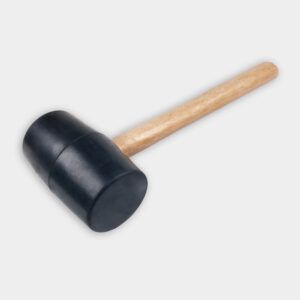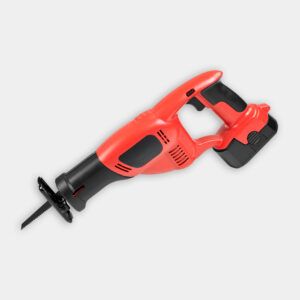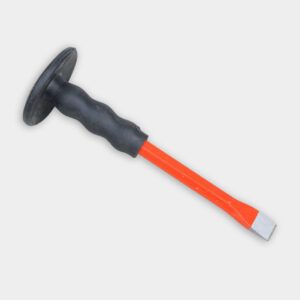Project details
Skill
Cost
Estimated Time
*Cost information in this article sourced from Angi.
Channel drains are great for managing water runoff from driveways and other paved surfaces. This linear drainage system collects and redirects water, preventing erosion and potential damage to your property.
In this guide and the video above, This Old House landscape contractor, Roger Cook, will walk you through the process of installing a channel drain, providing expert tips and techniques to ensure a successful DIY project.
Understanding Channel Drains
Channel drains, also known as trench drains or linear drains, are long, narrow drainage systems designed to collect and divert surface water. They are instrumental in areas where water tends to pool or flow across paved surfaces, such as driveways, patios, and walkways.
Types of Channel Drains
There are several types of channel drains available, each suited for different applications:
- Commercial channel drains: Heavy-duty options designed for high-traffic areas
- Plastic channel drains: Affordable and easy to install for DIY projects
- Polymer concrete drains: Durable and resistant to chemicals and extreme temperatures
- Residential channel drains: Lightweight and suitable for most homes
Benefits of Installing a Channel Drain
Installing a channel drain offers numerous advantages for homeowners, such as:
- Enhances the overall drainage system of your property
- Improves safety by eliminating slippery surfaces
- Prevents water pooling and potential damage to paved surfaces
- Protects landscaping from erosion caused by water runoff
- Reduces the risk of flooding and water intrusion into buildings
Planning Your Channel Drain Installation
Before beginning the installation process, you should plan your project carefully. This phase includes assessing the drainage needs of your property and selecting the appropriate materials and tools.
Assessing Drainage Needs
To determine the best location and size for your channel drain, follow these steps:
- Consider the slope and grade of your property
- Determine the volume of water the drain will need to handle
- Identify areas where water tends to pool or cause issues
- Observe water flow patterns during rainfall
Selecting Materials and Tools
For a successful channel drain installation, you’ll need the following materials and tools:
- Asphalt cold patch
- Channel drain sections and grates
- Circular saw with a diamond blade
- Concrete mix
- Level and measuring tape
- Pointed trowel
- PVC pipe and fittings
- Reciprocating saw
- Rubber mallet
- Safety equipment (gloves, goggles, ear protection)
- Shovel and wheelbarrow
- Small sledgehammer and brick chisel
Step-By-Step Channel Drain Installation Process
Installing a channel drain requires careful planning and execution. Follow these steps to install your channel drain correctly:
1. Mark and Cut the Driveway
First, create a clean edge for the drain installation:
- Begin by marking a straight line across the corner of the driveway where the channel drain will go.
- Use a water-cooled circular saw with a diamond-impregnated blade to cut through the asphalt along the marked line.
2. Remove Asphalt and Prepare the Trench
After cutting:
- Use a shovel to pry up and remove the severed piece of asphalt.
- Employ a small sledgehammer and brick chisel to remove any remaining rocks or debris along the cut edge.
- Dig a trench approximately 6 inches deep along the end of the driveway.
3. Assemble the Channel Drain
Prepare the channel drain by attaching the necessary fittings:
- Glue an offset outlet and a 90-degree elbow to one end of the channel drain.
- Attach a short section of 4-inch-diameter plastic pipe and a 45-degree elbow to the 90-degree elbow.
- Glue an end cap onto the opposite end of the channel drain.
4. Set the Channel Drain in Concrete
Now you’re ready to start laying the channel down in concrete, which serves as a sturdy foundation:
- Mix a bag of concrete in a wheelbarrow and fill the trench with the wet mixture. Use a pointed brick trowel to smooth the concrete surface.
- Then, carefully press the assembled channel drain into the wet concrete, ensuring it’s level and sloping slightly toward the drainpipe. If needed, use a rubber mallet to tap the drain into place.
5. Install the Drainpipe
While the concrete begins to set:
- Dig a 12-inch-deep trench extending from the channel drain across the yard.
- Using a reciprocating saw, cut the plastic pipe to the appropriate length and glue the sections together.
6. Backfill and Finish
Once the concrete has finished setting:
- Backfill the trench with soil to conceal the drainpipe.
- At the end of the drainpipe, create a “daylighting” area by lining it with flat stones to prevent erosion.
- Finally, use an asphalt cold patch to fill the gap between the channel drain and the driveway, compacting it with a small sledgehammer until it’s flush with the surface.
Channel Drain Maintenance and Care
To keep your channel drain function effectively, we recommend undertaking the following regular maintenance:
- Flush the drain periodically with water to prevent clogs
- Inspect the drain annually for signs of damage or wear
- Remove debris and leaves from the grate regularly
- Replace grates or sections as needed to maintain optimal performance
Common Channel Drain Issues and Troubleshooting
While channel drains are generally reliable, some issues may arise over time. Here are some common problems and their solutions:
- Clogged drain: Use a high-pressure water jet or drain snake to clear blockages
- Cracked concrete: Repair small cracks with concrete patching compound
- Improper slope: Adjust the drain’s pitch to ensure proper water flow
- Loose grates: Secure grates with appropriate fasteners or replace them if damaged
